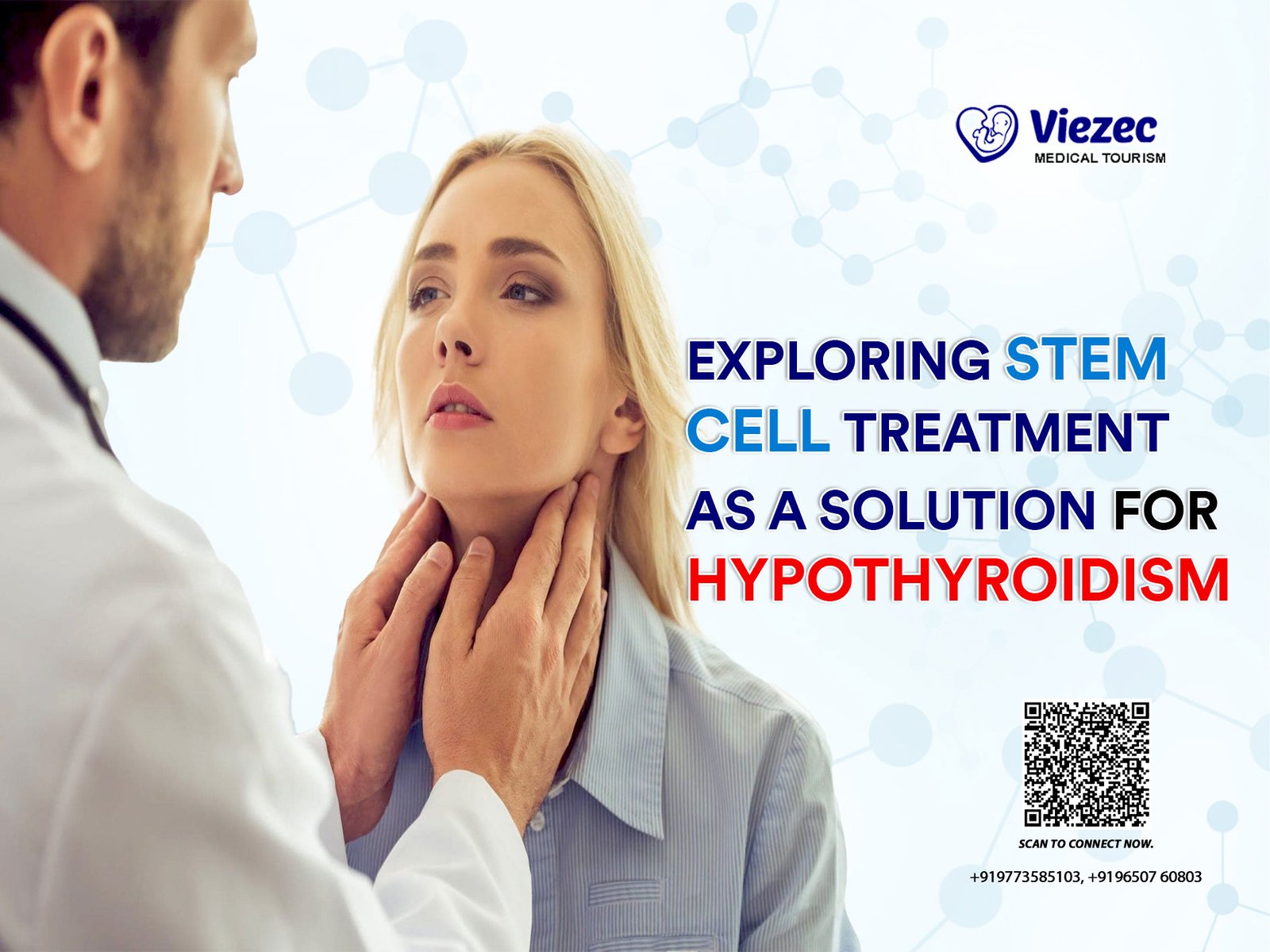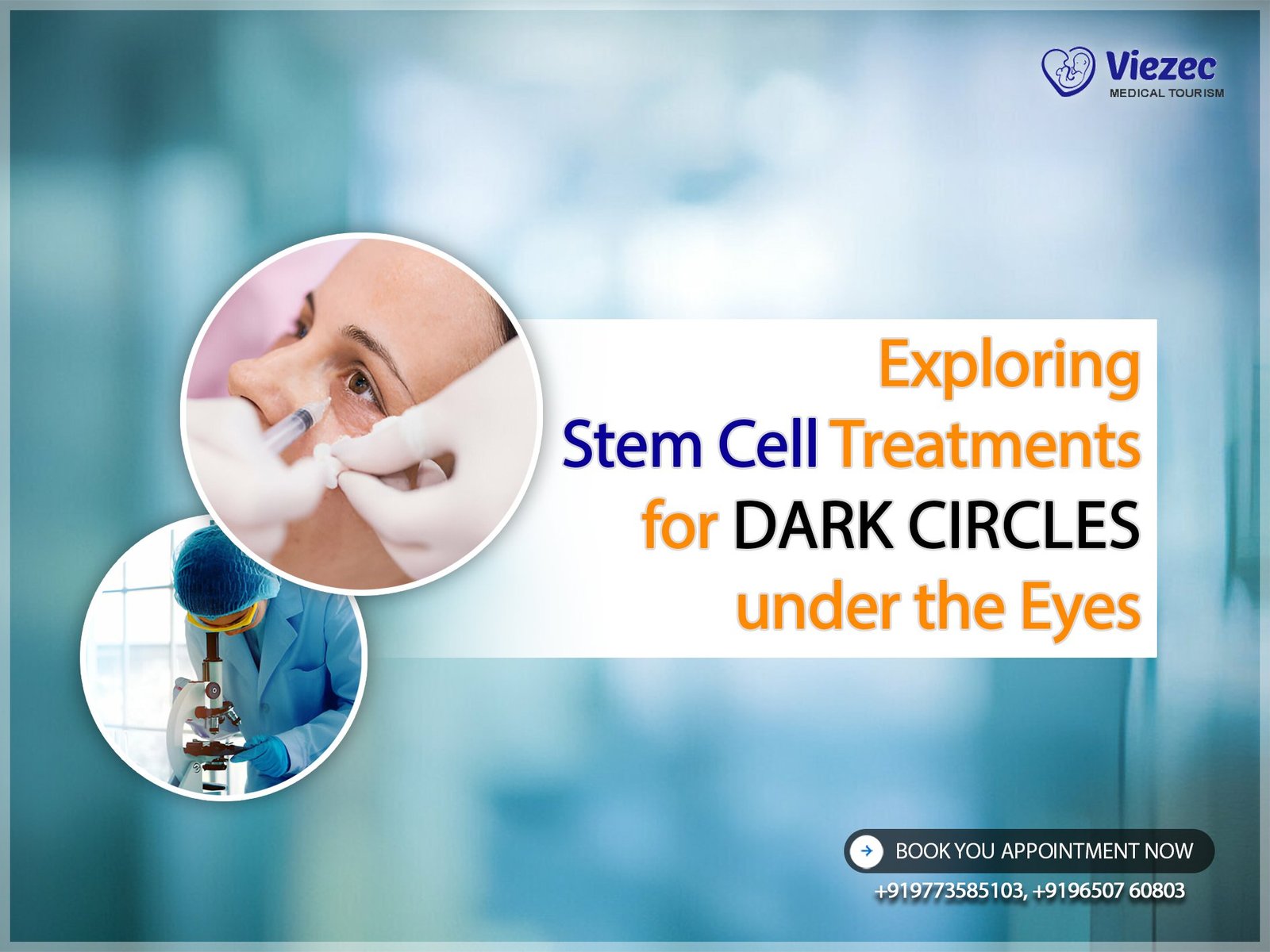Peripheral Arterial Disease (PAD) is a prevalent circulatory condition characterized by narrowed arteries, typically in the legs, leading to reduced blood flow to the limbs. This chronic condition often results from atherosclerosis, where fatty deposits accumulate in the arteries, causing them to harden and narrow. PAD is associated with various risk factors including smoking, diabetes, hypertension, and age. Its prevalence increases with age, affecting millions worldwide.
Definition and Prevalence
PAD is defined by the obstruction of peripheral arteries, leading to symptoms such as leg pain, numbness, and non-healing wounds. In severe cases, PAD can result in critical limb ischemia (CLI), posing a significant risk of limb amputation and mortality. Its prevalence varies across different populations, with higher rates observed in individuals with diabetes or a history of smoking.
Pathophysiology of PAD
The pathophysiology of PAD involves the progressive narrowing of arteries due to atherosclerosis, leading to insufficient blood supply to peripheral tissues. This ischemic insult triggers a cascade of events including tissue hypoxia, inflammation, and oxidative stress, ultimately contributing to tissue damage and impaired wound healing.
Current Treatment Challenges
Current treatment modalities for PAD primarily focus on symptom management and risk factor modification. Conventional approaches include lifestyle interventions, pharmacotherapy, and revascularization procedures such as angioplasty and bypass surgery. However, these interventions have limitations including high recurrence rates, procedural risks, and limited efficacy in advanced disease stages.
Understanding Stem Cell Therapy
Stem cell therapy represents a promising approach for treating PAD by harnessing the regenerative potential of stem cells to promote angiogenesis, improve tissue perfusion, and enhance wound healing. Stem cells possess unique properties including self-renewal and differentiation capacity, making them ideal candidates for regenerative medicine applications.
Basics of Stem Cells
Stem cells are undifferentiated cells capable of differentiating into various cell types and tissues. They can be derived from different sources including embryonic tissue, adult tissues, and induced pluripotent stem cells (iPSCs). Common types of stem cells used in PAD treatment include mesenchymal stem cells (MSCs), endothelial progenitor cells (EPCs), and adipose-derived stem cells (ASCs).
Types of Stem Cells Used in PAD Treatment
MSCs, derived from bone marrow or adipose tissue, have been extensively studied for their angiogenic and immunomodulatory properties. EPCs, circulating in the blood, contribute to neovascularization and endothelial repair. ASCs, isolated from adipose tissue, offer a readily accessible source of regenerative cells for PAD therapy.
Mechanisms of Action in PAD Treatment
Stem cells exert their therapeutic effects in PAD through multiple mechanisms including paracrine signaling, differentiation into endothelial cells, and immunomodulation. Paracrine factors released by stem cells promote angiogenesis, inhibit apoptosis, and modulate inflammatory responses, thereby facilitating tissue repair and regeneration.
Preclinical Studies and Experimental Models
Preclinical studies using animal models play a crucial role in evaluating the safety and efficacy of stem cell therapy for PAD. Various animal models including rodents, rabbits, and pigs have been employed to simulate PAD pathophysiology and assess treatment outcomes.
Animal Models Used for PAD Research
Rodent models such as the hindlimb ischemia model are commonly used to study PAD pathogenesis and test therapeutic interventions. Large animal models such as the porcine model offer translational relevance and allow for the evaluation of treatment effects in a more anatomically and physiologically similar setting to humans.
Efficacy and Safety Assessments in Preclinical Studies
Preclinical studies have demonstrated the efficacy of stem cell therapy in promoting neovascularization, improving limb perfusion, and enhancing functional recovery in animal models of PAD. Safety assessments including histological analyses, functional assays, and long-term follow-up have provided valuable insights into the safety profile and potential adverse effects of stem cell treatment.
Key Findings and Limitations
Preclinical studies have provided encouraging evidence supporting the therapeutic potential of stem cells in PAD. However, challenges such as variability in treatment protocols, limited scalability, and concerns regarding tumorigenicity and immunogenicity necessitate further investigation to optimize treatment strategies and address safety concerns.
Clinical Trials and Evidence-Based Research
Clinical trials represent a critical step in translating preclinical findings into clinical practice and establishing the safety and efficacy of stem cell therapy for PAD in human patients.
Overview of Clinical Trials in PAD Treatment
Clinical trials evaluating stem cell therapy for PAD have employed various cell sources, delivery methods, and outcome measures. These trials aim to assess the feasibility, safety, and efficacy of stem cell treatment in improving symptoms, preventing amputation, and enhancing quality of life in PAD patients.
Patient Selection Criteria
Patient selection criteria for clinical trials typically include individuals with symptomatic PAD refractory to conventional therapies, with adequate vascular anatomy for cell delivery, and without significant comorbidities that may limit treatment efficacy or pose additional risks.
Outcomes and Safety Profiles
Clinical trials have reported promising outcomes with stem cell therapy in PAD, including improvements in pain-free walking distance, ankle-brachial index, and wound healing. Safety assessments have demonstrated favorable safety profiles with no significant adverse events or serious complications associated with stem cell treatment.
Optimizing Stem Cell Therapy in PAD
Optimizing stem cell therapy in PAD involves addressing various factors including route of administration, dose optimization, and combination therapies to maximize therapeutic efficacy and clinical outcomes.
Route of Administration: Intramuscular vs. Intra-arterial
The optimal route of stem cell delivery remains a subject of debate, with studies investigating both intramuscular and intra-arterial administration routes. Intramuscular injection offers simplicity and minimally invasive delivery, while intra-arterial infusion allows for targeted delivery to ischemic tissues, potentially enhancing therapeutic effects.
Dose Optimization Strategies
Dose optimization strategies aim to determine the optimal cell dose and frequency of administration to achieve maximal therapeutic benefit while minimizing potential risks and adverse effects. Factors such as cell viability, potency, and patient-specific characteristics may influence dosing regimens and treatment outcomes.
Combination Therapies and Adjunctive Approaches
Combination therapies involving stem cells and other therapeutic modalities such as growth factors, gene therapy, and tissue engineering hold promise for synergistically enhancing angiogenesis and tissue regeneration in PAD. Adjunctive approaches including exercise rehabilitation and wound care management complement stem cell therapy to optimize functional outcomes and long-term success.
Mechanistic Insights and Future Directions
Elucidating the molecular mechanisms underlying stem cell therapy in PAD is essential for enhancing treatment efficacy, understanding therapeutic responses, and identifying novel targets for intervention.
Elucidating the Molecular Mechanisms of Stem Cell Therapy
Studies investigating the molecular mechanisms of stem cell therapy in PAD have highlighted the role of paracrine factors, cell-cell interactions, and signaling pathways involved in angiogenesis, vasculogenesis, and tissue repair. Further research is needed to unravel the complex interplay between stem cells and the host microenvironment to optimize treatment strategies and improve outcomes.
Advancements in Stem Cell Engineering
Advancements in stem cell engineering techniques including genetic modification, tissue-specific priming, and biomaterial-based delivery systems offer innovative approaches for enhancing stem cell therapy efficacy, targeting specific tissue types, and promoting sustained therapeutic effects in PAD.
Prospects of Personalized Medicine in PAD Treatment
The advent of personalized medicine approaches incorporating patient-specific factors such as genetic variations, comorbidities, and biomarker profiles holds promise for tailoring stem cell therapy to individual patient needs, optimizing treatment outcomes, and improving clinical efficacy in PAD management.
Challenges and Considerations in Clinical Translation
Despite significant progress in stem cell therapy for PAD, several challenges and considerations need to be addressed to facilitate successful clinical translation and widespread adoption of this promising treatment modality.
Immunogenicity and Host Reactions
Immunogenicity remains a concern in stem cell therapy, with potential host immune responses against allogeneic or xenogeneic stem cell sources. Strategies to mitigate immune rejection, such as immunosuppressive regimens or the use of autologous cells, are being explored to enhance treatment safety and efficacy.
Standardization of Protocols and Reporting
Standardization of treatment protocols, outcome measures, and reporting criteria is essential for ensuring consistency and reproducibility across clinical trials and facilitating data interpretation, comparison, and meta-analysis. Harmonization efforts involving collaboration among researchers, regulatory agencies, and industry stakeholders are underway to establish guidelines and best practices for stem cell therapy in PAD.
Regulatory and Ethical Considerations
Regulatory approval and ethical considerations pose significant challenges in the development and commercialization of stem cell therapies for PAD. Regulatory agencies such as the FDA and EMA require rigorous preclinical and clinical data demonstrating safety, efficacy, and quality control standards for approval of stem cell-based products. Ethical considerations regarding patient consent, safety monitoring, and equitable access to treatment also warrant careful consideration in clinical trial design and implementation.
Clinical Case Studies and Patient Perspectives
Clinical case studies provide valuable insights into the real-world application and impact of stem cell therapy on PAD patients’ lives, highlighting treatment outcomes, challenges, and patient perspectives.
Case Presentations of Successful PAD Treatment with Stem Cells
Clinical case studies have documented successful outcomes following stem cell therapy in PAD patients, with improvements in symptoms, wound healing, and limb salvage observed in many cases. Patient selection, treatment protocols, and follow-up care play crucial roles in achieving favorable outcomes and optimizing treatment success.
Patient Reported Outcomes and Quality of Life Improvements
Patient-reported outcomes including pain relief, functional improvement, and quality of life assessments provide valuable insights into the subjective experiences and perceptions of PAD patients undergoing stem cell therapy. Longitudinal studies with extended follow-up periods are needed to assess the durability and sustainability of treatment effects on patients’ well-being and overall quality of life.
Long-Term Follow-Up Data
Long-term follow-up data from clinical studies are essential for evaluating the durability and long-term efficacy of stem cell therapy in PAD, monitoring for potential late effects or complications, and informing clinical practice guidelines and treatment recommendations.
Comparative Analysis with Conventional Therapies
Comparative analyses comparing stem cell therapy with conventional treatment modalities such as pharmacotherapy, revascularization procedures, and conservative management strategies provide valuable insights into the relative efficacy, safety, and cost-effectiveness of different treatment options in PAD management.
Efficacy and Safety Comparisons with Revascularization Procedures
Comparative studies have demonstrated comparable or superior efficacy of stem cell therapy compared to revascularization procedures such as angioplasty or bypass surgery in certain patient populations, particularly those with diffuse disease, poor surgical candidacy, or limited treatment options.
Cost-Effectiveness Analysis
Cost-effectiveness analyses evaluating the economic impact of stem cell therapy in PAD management are essential for informing healthcare resource allocation, reimbursement decisions, and healthcare policy formulation. Factors such as treatment efficacy, long-term outcomes, and healthcare utilization costs are considered in cost-effectiveness modeling studies to assess the value proposition of stem cell therapy in PAD care.
Implications for Clinical Practice Guidelines
The accumulating evidence from preclinical studies, clinical trials, and real-world experience with stem cell therapy in PAD has significant implications for informing clinical practice guidelines and treatment algorithms.
Future Outlook
Stem cell therapy holds immense promise as a novel treatment modality for PAD, offering the potential to improve symptoms, enhance limb salvage, and enhance quality of life for patients with this debilitating condition. Despite challenges and uncertainties, ongoing research efforts, technological advancements, and collaborative initiatives hold promise for advancing the field of stem cell therapy and transforming the landscape of PAD management in the future.









